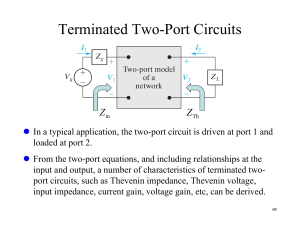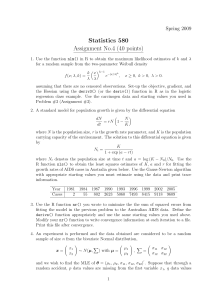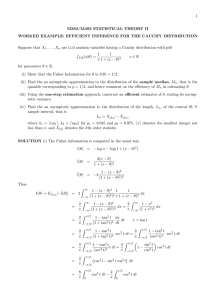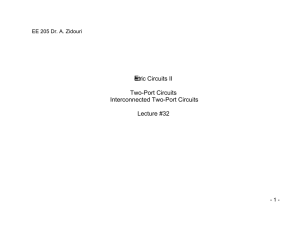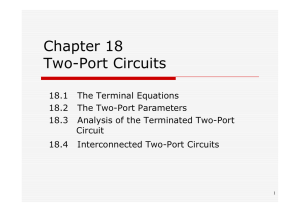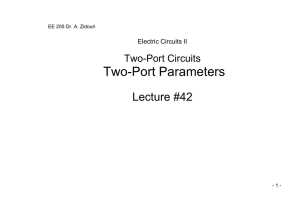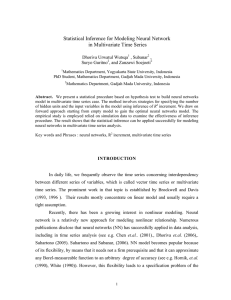Spring 2009 Statistics 580 Project #2 Problem #2 Notes
advertisement
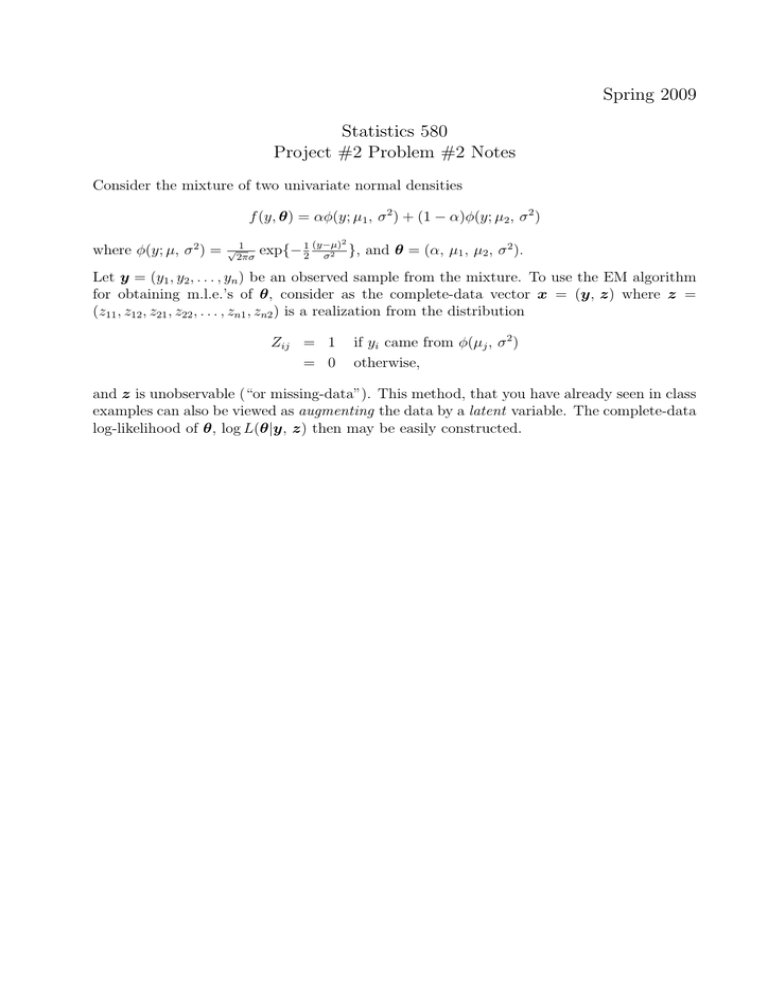
Spring 2009
Statistics 580
Project #2 Problem #2 Notes
Consider the mixture of two univariate normal densities
f (y, θ) = αφ(y; µ1 , σ 2 ) + (1 − α)φ(y; µ2 , σ 2 )
where φ(y; µ, σ 2 ) =
√1
2πσ
2
exp{− 21 (y−µ)
}, and θ = (α, µ1 , µ2 , σ 2 ).
σ2
Let y = (y1 , y2 , . . . , yn ) be an observed sample from the mixture. To use the EM algorithm
for obtaining m.l.e.’s of θ, consider as the complete-data vector x = (y, z) where z =
(z11 , z12 , z21 , z22 , . . . , zn1 , zn2 ) is a realization from the distribution
Zij = 1
= 0
if yi came from φ(µj , σ 2 )
otherwise,
and z is unobservable (“or missing-data”). This method, that you have already seen in class
examples can also be viewed as augmenting the data by a latent variable. The complete-data
log-likelihood of θ, log L(θ|y, z) then may be easily constructed.

